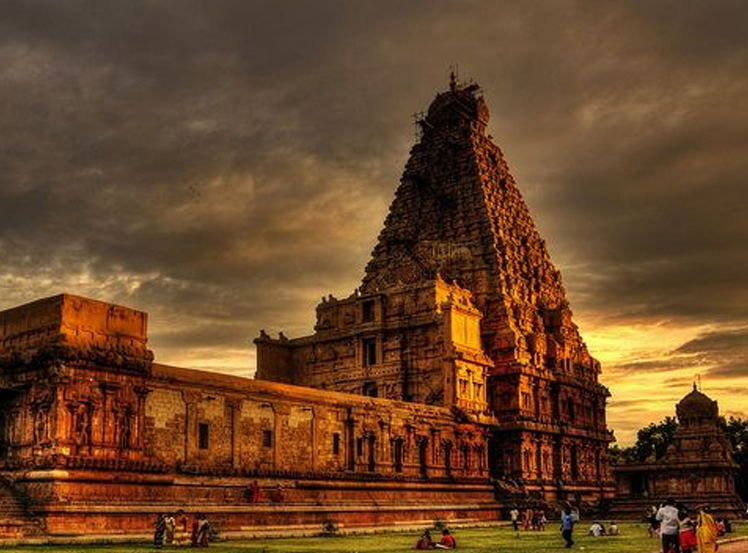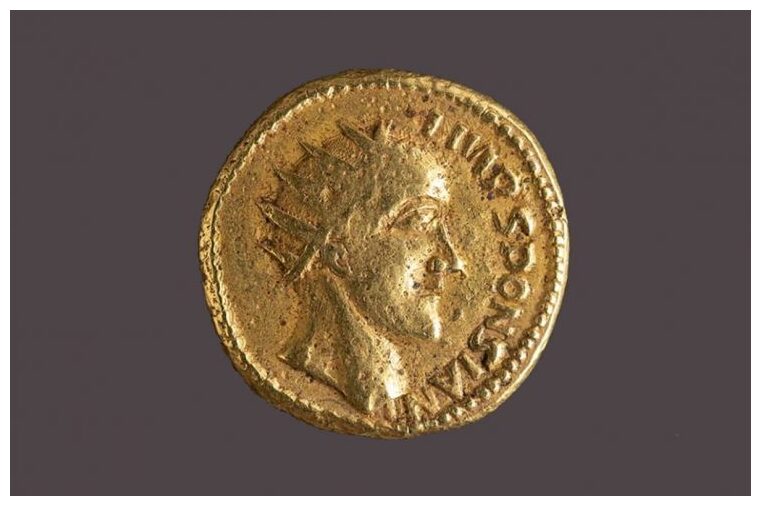I think something the C's mentioned on the 06/24/22 session might add some light onto this thread.
Regarding both time machine use and a fascinating concept they coined -
Negative Impact Cascades.
From the session:
A: Not many. STS uses tech to control and manipulate, but each use causes negative impact cascades.
(Ark) Is there just one main history that you can view, or there are many alternative histories?
A: Latter.
And later in response to Ark's personal question:
A: You are here now as the result of following specific branching events that manifest as a result of choices.
I've read through most of the time travel comments on the 06/24/22 session, and didn't see anything along this line in the thread, but if I did please add anything I missed.
I think both Ark's questions and the C's responses are important perspectives on this thread (probably as well as many others).
So in general, if I am to read the C's right, messing around with time lines and "probable" histories is something 4D STS can do. But I think it's entropic. The
natural flow of creativity is the basis of the universal system. Messing with it may give a
specific outcome for one event that's feared by the 4D STS as a threat. But it has
Negative Impact Cascades.
If I was to imagine that - it would mean that the original manipulation - causes the exact opposite result 4D STS wants. Wishful thinking and all...
Here's my very simplistic interpretation of it.
Slavery in the 1800's feeds the STS, Lincoln comes around and ends it. They go back and kill Lincoln, so they get Jim Crow - which is second best in their books. But Jim Crow creates Malcolm X, MLK and the Kennedy's. So they go back and kill them. But killing them, inspires Wikileaks, Laura and a whole host of "revelears" due to the Internet connectivity. Maybe these assassinations from the 60's even inspire Putin to see a bigger picture beyond Russian history - as he seemed to be more focused on in the late-90's. You now have "Caesar's" army against the STS forces in 3D. Maybe it would have been better to just let Lincoln's carpet bagger's fail?
So now the whole deal is completely blown up by Negative Impact Cascades. Their plan became entropic against them. Who knows what those timelines are in other probabilities, but it's possible to theorize their actions sabotaged themselves. I'm not trying to debate American history right or wrong here - just a potential example. I think sometimes (myself included) everyone can get wrapped up in interpretations of events - rather than just accepting the event and its effects. Trying to be a little more 4D - and let it roll with awareness only

As for the response the C's made to Ark:
A: You are here now as the result of following specific branching events that manifest as a result of choices.
IMHO - this is a very Zoroastrian-like response. I think it emphasizes personal accountability above all. If when Laura asked the C's if the
Six Bounteous Immortals (the explanations for what they are is in that thread) are an approximation of 6th density, then this response backs it up.
Ultimately - Free Will. And I would add with
intent. And
moral intent. The 90's sessions when Ark is moving from Poland to Florida show this. He's challenged by the C's many times about his assumptions (culturally and academically). At any point he could have made the choice to take a safer and more professionally acceptable route to protect his "previous" self. He chose not too.
And personally, thanks for not choosing that "safer" road, Ark

But as with the baseball hat multiplying itself and our discussions on this thread whether there are probable histories that show up in the ground or in a book, I'm thinking there have to be.
We
can trace Gregory of Tours and the Carolingians on a relatively straight line to ourselves through research. But I think like in the session where Laura asked the C's about the Bell Witch - electromagnetic instability takes time to re-stabilize after an big cosmic/earth event - that leading to bleed throughs. So if something like the New Madrid Earthquake destabilized/broke the curtain of 3D reality for decades in Missouri/Tennessee/Kentucky/Arkansas, then the cataclysm of Justinian could have done much worse.
Possibly then the whole timeline before 530 AD may be juxtaposed before and after on the basis that a huge EM disruption happened. Maybe this is even what the C's have talked about so many times with "Unstable Gravity Waves".
The "one" history can't exist. It has to be multiple. Sort of like the uncertainty principle where the observer affects the electron spin. The farther you go back - the less "stable" it is. I can see my Great Grandmother's face in my memory and I knew a lot of her history. Her Great grandmother is a birth certificate and a death certificate in a county in Ontario. I don't know here life. I can guess and do research, but it
probably could be very different.
So we have no
real history of these Dark Age Saints and their apparent history created by Bede or Gregory of Tours - because we have no records that are convincing. But possibly they have another reality beside us, until there's enough critical mass of understanding that Caesar is the basis for the whole religion? Then are they real anymore?
Events dovetail back again and that world of Caesar becomes visible and undeniable by real world events. Or does Saint Cuthbert come back announcing his mission through the mists of the moors?
I guess it always comes back to Paul. Where we have eyes to see, mouths to speak, and ears to hear - but it's both cosmic and individual. The Interface.
Try talking about this to your old friends at the bar - blank stares.
I do believe that there is a lot more investigation along these lines of the messed-up timeline that will bear fruit. Chronology and its "invention" is important. It's just really tough to get it coherent without being able to read a bunch of different languages and knowing original source material.
But I always tell myself - it's
The Work that matters - not the result







